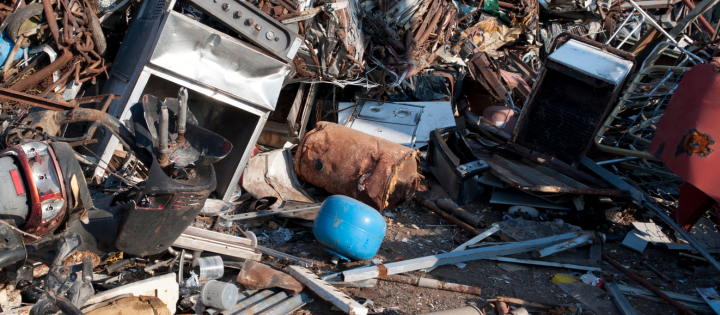When it comes to dismantling and disposing of vehicles, safety is paramount. Both for human health and the environment, professional wreckers need to recognize and properly handle hazardous materials found in cars. This guide will provide an overview of how professionals deal with these dangerous substances.
Identification Of Hazardous Materials In Vehicles
Cars and trucks are complex machines made up of numerous components, many of which can pose risks if not handled appropriately. Identifying hazardous materials in vehicles is crucial to ensure both human and environmental safety. Common hazardous materials found in vehicles are outlined below:
- Batteries containing acid
- Airbags with explosive charges
- Fluids like engine oil, brake fluid, transmission fluid, and coolant
- Mercury switches in older vehicles
- Refrigerants from air conditioning systems
These materials can be toxic and harmful to water sources. Proper identification of these materials is the foundation of safe vehicle dismantling. It can be done by only professional wrecker companies like MRZ wreckers.
Initial Safety Protocols Upon Receiving A Vehicle
When a car comes to a wrecking yard, it’s really important to check it carefully. First, workers look over the car to spot any leaks or broken parts. Then, they disconnect the battery. This step stops any electrical problems that might cause fires. After that, they drain out all the fuel from the car’s tank.
This makes sure there’s no chance of a sudden fire or explosion. Next, they look at the tires. If they seem risky, workers let out the air to make things safe. In short, these first steps make sure everyone stays safe and the environment is protected.
Procedures For Handling Specific Hazardous Materials
Handling hazardous materials in vehicles is a step-by-step process. Here’s how professionals typically deal with the most common ones:
Batteries: First, they’re carefully removed wearing gloves and goggles. Once out, they’re placed in a special area where any leaking acid can’t harm people or the ground. Later, these batteries are recycled or safely disposed of.
Airbags: These can explode if not handled right. Workers carefully deactivate them before taking them out. Then, they’re stored in a safe place until they can be properly disposed of.
Automotive Fluids (like engine oil and coolant): Workers drain these liquids into special containers. These containers make sure nothing spills or leaks. Later, the fluids are either recycled or disposed of in a way that doesn’t harm the environment.
Mercury Switches: These are found in some older cars. When removing them, workers wear protective gear to avoid touching the mercury. These switches are then stored in a sealed container and sent to places that can safely handle mercury.
Refrigerants from air conditioners: These gases can be bad for the ozone layer. So, workers use special machines to take out these gases without letting them escape into the air. The gases are then stored safely or reused.
Safety Measures For Workers
Taking care of workers is essential in a wrecking yard, especially when they’re handling hazardous materials from vehicles. Here’s what’s usually done to ensure their safety:
Training: Before they start, workers are taught about the dangers of different materials and how to handle them safely. This training is often updated to make sure everyone knows the latest safety methods.
Protective Gear: Workers wear special clothes, gloves, and goggles. This gear protects them from spills, cuts, and other dangers. For some tasks, they might also wear masks or respirators to avoid breathing in harmful fumes.
Safe Tools: All tools and equipment are checked regularly. This ensures they’re in good shape and safe to use. Any tool that’s damaged is replaced or fixed right away.
Clear Signs: Around the yard, there are signs that warn of dangers or tell workers what safety steps to follow. This way, everyone knows where the risks are and how to avoid them.
Emergency Plans: Accidents can still happen, even with all these precautions. So, wrecking yards have emergency plans in place. Workers are trained on what to do in case of fires, spills, or other emergencies.
Regular Breaks: Handling cars and their parts can be tiring. Workers are given regular breaks to rest and refresh. This reduces the chances of mistakes from tiredness.
Conclusion
Safety is the guiding principle in vehicle dismantling. Professional wreckers, like MRZ wreckers, ensure that every hazardous material is handled with care, safeguarding both workers and the environment. Their dedication showcases the importance of trusting experienced professionals with such critical tasks.


